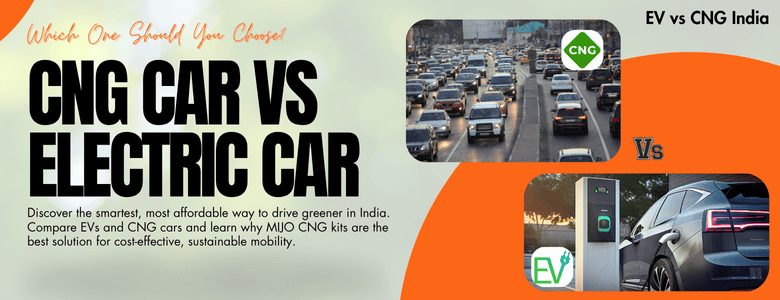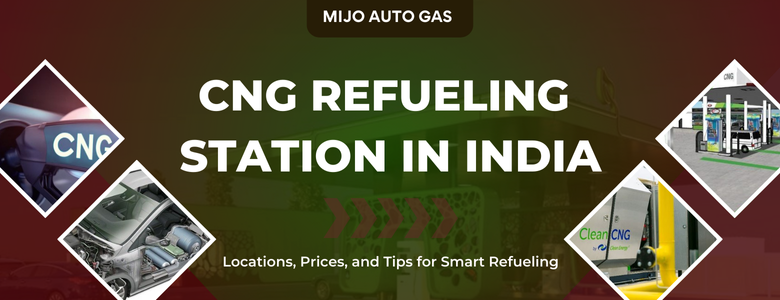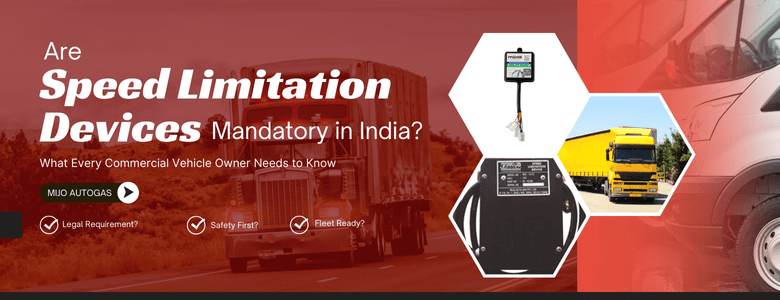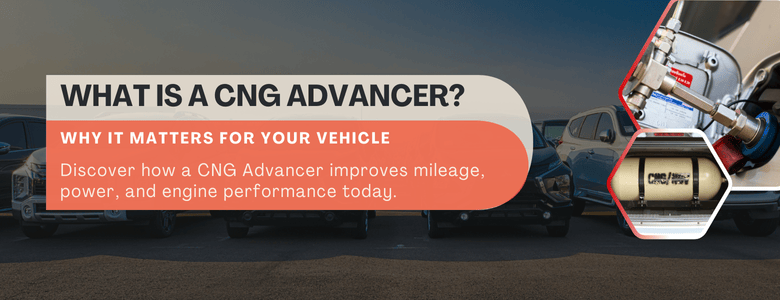How to Choose the Right CNG / LPG Regulator7 November 2023
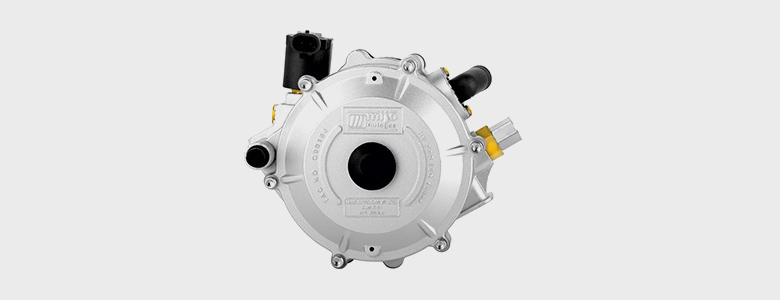
The demand for conversion of vehicles to alternative fuel systems, particularly compressed natural gas (CNG) and liquefied petroleum gas (LPG), is continuously increasing. This shift is driven by environmental benefits, cost savings, and the ability to retain a vehicle’s original engine characteristics. Whether you’re considering a CNG conversion or LPG conversion, selecting the right CNG regulator or LPG regulator is essential for safety and efficiency. The conversion process involves modifying internal components like valves, pressure regulators, and fuel lines to ensure compatibility with the fuel’s characteristics. An approved natural gas conversion kit or LPG conversion kit – available from reliable CNG regulator suppliers and LPG regulator manufacturers – is necessary to perform this safely and legally.
Understanding the Function of CNG and LPG Regulators
A propane gas regulator is designed to control the flow of propane, lower pressure to usable levels, and distribute gas safely throughout the system. It also acts as a key safety component in LPG systems, preventing over-pressurization and leaks. Common types of LPG regulators include:
- High-pressure regulators
- First- and second-stage regulators
- Integral two-stage regulators
- Adjustable high-pressure regulators
- Automatic changeover regulators
Similarly, a CNG regulator plays a crucial role in reducing and stabilizing the pressure of natural gas from the cylinder before it reaches the engine. It balances downstream pressure with atmospheric pressure to ensure optimal engine performance. Technicians can install these systems in most vehicles without making significant modifications.
Installation and Maintenance Tips For CNG & LPG Regulator
Proper regulator placement and vent direction (typically downward-facing) help protect the unit from dust and debris, which could otherwise lead to malfunction. Since the internal components of both LPG and CNG regulators are subject to wear and tear, routine maintenance and timely replacement are crucial. Always source parts from certified CNG and LPG regulator suppliers, such as MIJO AUTO GAS CNG or LPG Regulators for best results.
CNG vs. LPG Regulator: What’s the Difference?
The key difference between a CNG regulator and an LPG regulator lies in the inlet and delivery pressure ratings. Using the wrong type can result in pressure that’s too high or too low, leading to safety risks or performance issues. It’s similar to watering plants with either a garden hose or a high-pressure fire hose—both deliver water, but the result is drastically different.
To ensure safety and efficiency, it’s essential to have regulators serviced, installed, or converted by licensed CNG and LPG specialists only.
Essential Components of Vehicle Conversion Kits
A complete vehicle conversion kit typically includes:
- Cylinder
- Vapor bag
- High-pressure pipe
- Refueling valve
- Pressure regulator (CNG or LPG regulator)
- Gas-air mixer
- Solenoid valve
- Selector switch
These components are widely available from trusted CNG regulator suppliers and LPG regulator manufacturers, such as MIJO Auto Gas. They are designed to meet strict industry safety and performance standards.
Frequently Asked Questions About Choosing the Right CNG / LPG Regulator
1. What factors should I consider when choosing a CNG or LPG regulator?
When selecting a CNG or LPG regulator, consider the fuel type (CNG or LPG), inlet and outlet pressure ratings, compatibility with your engine, and regulator quality. Always choose products approved by reliable suppliers like MIJO Auto Gas to ensure safety and performance.
2. Can I use the same regulator for both CNG and LPG fuel systems?
No, CNG and LPG regulators are not interchangeable. They operate at different pressure levels, and using the wrong one can lead to poor performance or serious safety risks. Always match the regulator to the correct fuel type and vehicle requirements.
3. How often should CNG and LPG regulators be serviced or replaced?
Regulators should be inspected and serviced annually, or sooner if you notice performance issues like irregular engine idling or gas leaks. Due to wear and tear, replacement may be necessary every few years, depending on usage and manufacturer guidelines.
4. Where can I buy certified CNG and LPG regulators for vehicle conversion?
You can purchase certified CNG and LPG regulators from trusted manufacturers and suppliers such as MIJO Auto Gas. Always ensure you’re getting approved components that meet industry safety standards for your vehicle conversion kit.
